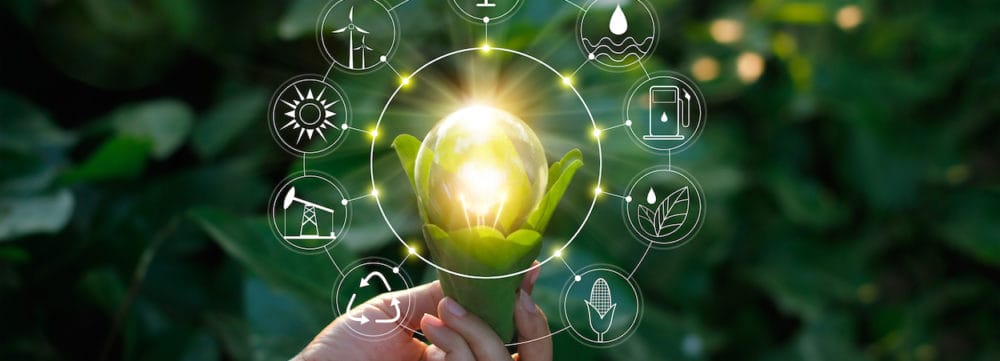Blog
Eco-Friendly Interior Finishes and Other Green Solutions for Healthcare Facilities

To put it bluntly, the healthcare industry as a whole produces a lot of waste. Going green isn’t just a fad, it’s necessary for the industry’s sustainability. Luckily, there are many green technologies and methods available now that can be implemented to reduce waste. Some of the techniques, discussed here can be implemented in the design. The other, such as products and supplies can be selected by the administrative staff. Together, we can help the industry be more eco-friendly.
Eco-Friendly Products and Supplies
One important measure that the administration can implement is committing to green medical products and supplies. In particular, disposable items such as tissues, exam table papers, or any paper-based material can be green. The materials used in these products should be mostly made of recyclable materials. Other items such as gowns and towels should also be made from recycled materials and be washed and sterilized rather than replaced.
Eco-Friendly Interior Finishes
Another green solution that designers can implement is eco-friendly interior finishes. Going green in this realm means using paints with less harmful chemicals. It also includes considering how much energy went into developing each material and what impact that development had on the environment. Wood finishes can be great, but designers should consider using recycled wood rather than wood gathered from newly felled trees.
Some paint companies, like Dunn-Edwards Paints, take a more proactive stance towards eco-friendly paints. The company was one of the first to phase out the use of Ethylene Glycol, a toxic and hazardous pollutant. It replaced EG with ProplyeneGlycol as far back as 1983. It also opened the world’s first LEED Gold-certified paint manufacturing facility in 2011. Dunn-Edwards even labels its products with RAVOC ratings because there’s evidence that green finishes improve air quality.
Additionally, other green items should be used throughout the design process. LED bulbs and fixtures should be used. They reduce consumption and don’t give off as much heat as incandescents. Faucets will lower flow rates are good, but an even better idea would be to add motion sensors that limit the consumption rate. Even window treatments can be considered. When designed properly, they can absorb heat from the outside and work as an additional layer of insulation.
Take Away
Because of the severity of the consequences of climate change, every citizen must do their part, including healthcare designers. There are a multitude of ways that healthcare designers can implement green energy solutions when designing a medical facility. Selecting materials that were gathered or manufactured using sustainable methods is one way. Another way is to encourage the administration to use eco-friendly items and materials that reduce wastage and increase efficiency.
Marie Wikoff is the creator of Wikoff Design Studio based out of Reno, Nevada. Her expertise in healthcare design has helped modernize healthcare organizations locally, regionally, and internationally, improving patient experience and outcomes. Her credentials include Evidence-Based Design Accreditation and Certification (EDAC), American Academy of Healthcare Interior Designer (CHID), the National Council of Interior Design Qualification (NCIDQ) and LEED AP. Contact Marie Wikoff
Sources:
Edwards-Dunn (2020). VOC-Free Paint | Eco-Friendly Paint Company — Dunn-Edwards. [online] Dunn-Edwards. Available at: https://www.dunnedwards.com/about/environment [Accessed 19 Feb. 2020].
Dahl, T. (2020). 6 Ways to Improve the Air Quality in Your Home. [online] Popular Mechanics. Available at: https://www.popularmechanics.com/home/interior-projects/how-to/g2713/6-ways-improve-indoor-air-quality/ [Accessed 19 Feb. 2020].







